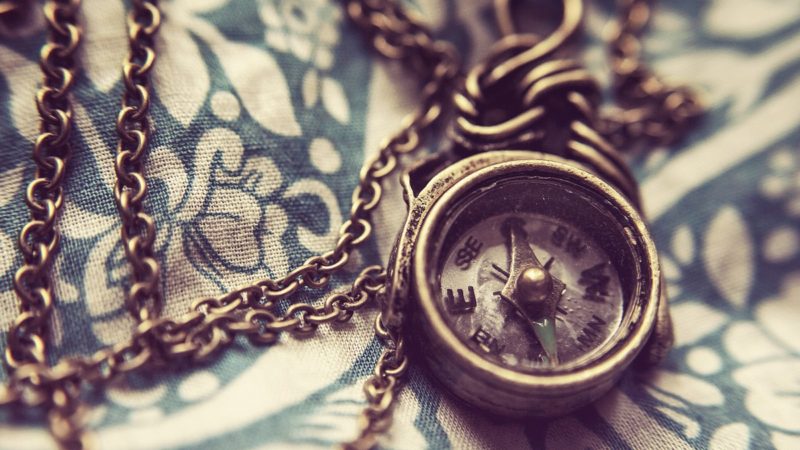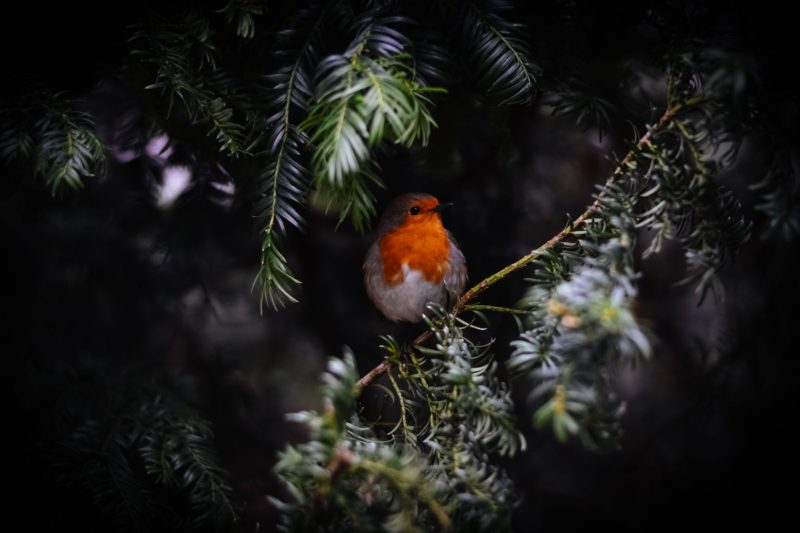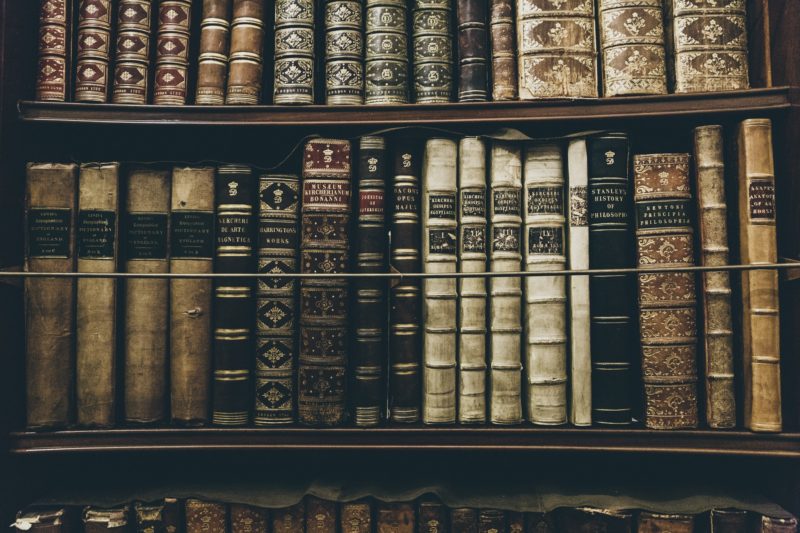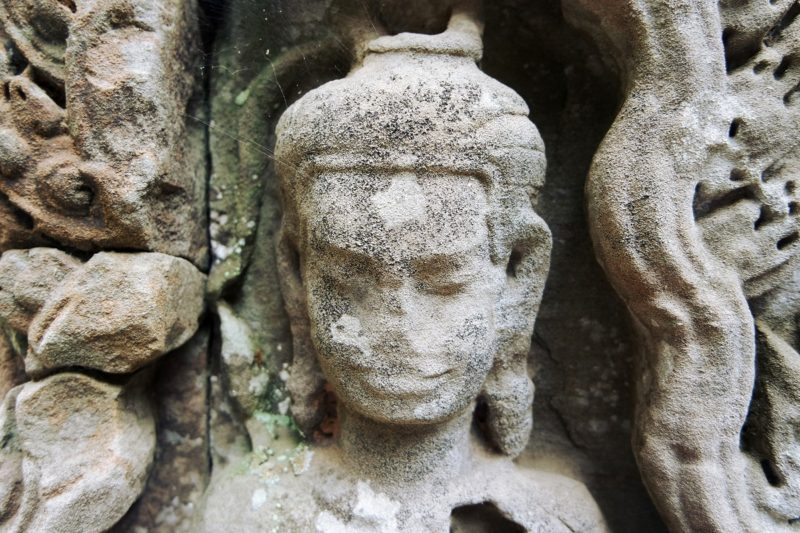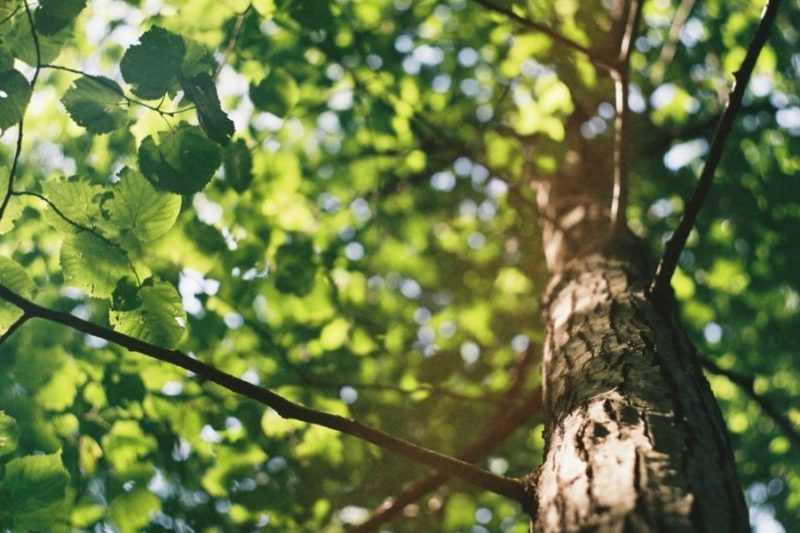The new BBC adaptation of Philip Pullman’s His Dark Materials (1995-2000) and of course the next instalment in the series published this year has me thinking about alethiometers and using questions in meditation. The alethiometer (not the golden compass of the US title) is a circular device used to find truths – you can ask a question by pointing the needles to symbols and the alethiometer will answer. Understanding how to read the answer – the symbols have hundreds of levels, or layers, of meaning– is an arcane art that requires years of study. The child Lyra, however, learns to read the alethiometer intuitively. In the books, this art is compared to I Ching – the ancient Chinese art of divination.
We’re not practising divination in mindfulness meditation – but there is a very clear analogy between how Lyra reads the alethiometer and how we might ask questions in meditation to help get back to ourselves. For using questions to be really effective, an established mindfulness practice will help – in the book, it is only with daily practice that Lyra
‘found that she could sink more and more readily into the calm state in which the symbol-meanings clarified themselves, and those great mountain-ranges touched by sunlight emerged into vision.’ (Northern Lights, p.151)
Daily practice does change our engagement with and experience of meditation, for Lyra, it results in a more readily available ‘calm state’ and this is what permits her moments of insight (‘mountain-ranges touched by sunlight’). Daily mindfulness mediation is about cultivating awareness, tuning in to what is here right now, learning our mental, emotional and bodily landscape so that we might understand our own signatures – and their levels. In the novel, Farder Coram advises Lyra:
‘It only works if the questioner holds the levels in their mind. You got to know all the meanings, first, and there must be a thousand or more. Then you got to be able to hold ’em in your mind without fretting at it or pushing for an answer, and just watch while the needle wanders. When it’s gone round its full range you’ll know what the answer is.’ (NL, p. 127)
As always with meditation, the challenge is not to be drawn into thinking, into reasoning through questions and answers, but instead to hold the question lightly – not grasping for an answer, not forcing an answer, not determined to immediately resolve a problem. In The Subtle Knife, Dr Malone compares this to Keats’ idea of negative capability, she quotes the poet’s definition as ‘capable of being in uncertainties, mysteries, doubts, without any irritable reaching after fact and reason -’ (SK, p.92). We might liken this in turn to the cultivation of Great Doubt in Zen Buddhism.
There are different questions we could ask during meditation, Kabat-Zinn suggests asking ‘What is my own way?’ (Full Catastrophe Living, p. 417). Often dissatisfaction and stress can be a result of being out of touch with ourselves and of having lost our way. ‘The irony is that often we really don’t know what our own way is, even though we want to have it all the time. If we get what we want, we usually want something else in addition. The mind keeps finding new things that it needs in order to feel happy or fulfilled.’ (FCL, p. 417) We could interpret the question ‘What is my own way’ in whatever way feels right– maybe it is: what is it I need to focus on next? Or, what is my priority right now? How can I best take care of myself right now? What would be a helpful response at this time? What helpful attitude can I bring to this situation?
Kabat-Zinn says:
‘It is sufficient to ask the question. Trying to answer it is not necessary. It is more fruitful just to ponder the question, keeping it alive from moment to moment, listening for the response from within your heart.’ (FCL, p. 418-9)
I love this meditation. It works well combined with lake meditation (where we embody the lake – seeing how our minds are like the lake, with still depths but almost always moving on the surface, gently or roughly) and dropping a pebble in as we ask the question allowing any answers to surface. As Lyra says, reading the alethiometer is ‘sort of like looking down into water.’ (NL, p. 173-4).
Rarely, there might be some revelation, some clear direction to take next, but more often than not, what we might discover is that the ‘truth’ is very simple, that we are basically ok, that we are already on ‘our way’ and that all we need to do is be here, now.
